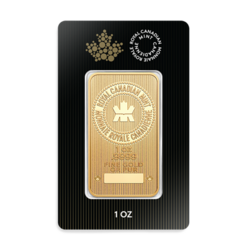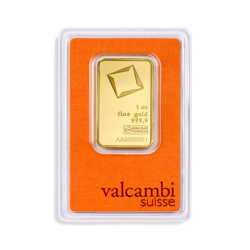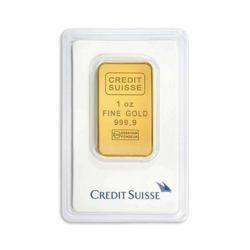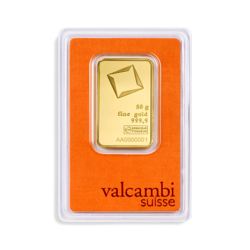by Dominic Frisby
Looking back at the articles I've written about silver over the years, if there's one theme that keeps recurring, it's the word: 'frustrating'.
Silver can meander about and do nothing for years. Then, when your back's turned, it’ll suddenly spike to unheard-of levels, making its owners rich.
Then, just as suddenly, it'll plummet, leaving all those who hold the metal heading for the poor house.
Yet, for all its volatility, for all the dark rumours of shortages and manipulation, it trades in a remarkably symmetrical pattern.
For a few brief hours in the spring 2011, it cost $50 an ounce. Now it’s less than half that price, at $23.
So is it time to be playing the silver game once again?
Silver promises something for everyone
Silver's unique selling point is that it's both a monetary and an industrial metal.
If you get terribly excited by the progress human beings are making in the world of electronics, you might want to invest in silver. Its high conductivity means it finds all sorts of increasing usage in computers, mobile phones and screens.
Or perhaps you're excited by the possibilities in the worlds of nanotechnology, green technology, and even medicine. Well, silver is finding more and more use there too – the path from solar technology to water purification is lined with silver. Then there are the ball bearings, the batteries, the soldering and brazing – silver remains a key industrial metal.
Perhaps you think that soaring stock markets are telling us that the world's economic woes are now behind us. Greater prosperity leads to greater buying of jewellery, which means greater buying of silver.
Or perhaps you're more of the mind that systemic debasement of money is going to lead to some kind of currency crisis. In that case you want to be investing in tangible, monetary metals. Cue silver.
You might look at the fact that annual global silver production currently stands at around 24,000 tonnes, but demand stands some 33% higher, at 32,000 tonnes. (The shortfall is met by recycling, scrap sales, stockpiles and central bank sales).
Then you might look at the cumulative effect of this shortfall, as depicted below by Nick Laird (www.sharelynx.com), and once again you've got that itch to buy silver.
Global silver production
Cumulative production less cumulative demand = cumulative deficit
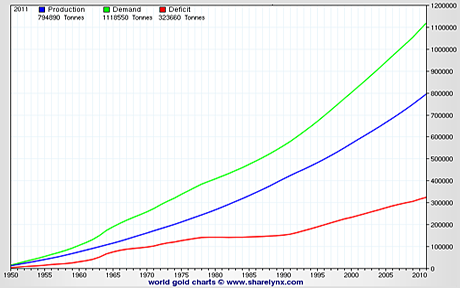
Or you might look at the fact that silver derivative trading can mean that paper representing as much as 100 times physical production can be traded on the futures exchanges in any given period. It’s not hard to conclude that some sort of short squeeze is inevitable, as it would be impossible to deliver all the silver that is actually sold.
You might even consider the fact that there is about 16 times as much silver in the earth's crust as there is gold. So arguably the silver price is should be 1/16th the gold price: that’s $90 an ounce on current gold prices.
There's something for everyone with silver. Quick. Buy, buy, buy.
The biggest problem with silver
Of all the investment stories out there silver must be the easiest sell. The problem, however, is a failure to deliver on its potential.
Like I say, the problem with silver is that it is frustrating. In fact, that it frustrates is its single, greatest consistency.
$50 was the high it made in 1980. That price was an aberration, but even so, with all the inflation that's gone on since, it's amazing to think that a metal can be trading at less than half its high of 33 years ago.
Copper, for example, even with its current woes, sits at more than double its 1970s blow-off top.
Silver can rise like a rocket and fall like a stone. But if you trade the metal with your eyes wide open, aware of its potential, but also aware of its record, there's money to be made. There are no hard and fast rules. But the chart is symmetrical.
The chart below shows a monthly price chart of silver since 2001.
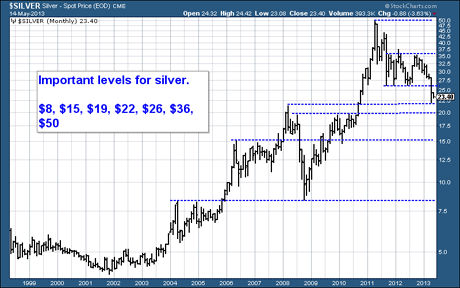
I’ve drawn some dotted lines at key levels. It's worth having these levels in mind at all times with silver. For all the meandering, the frustration, the rocket launches and the capitulations, these levels are a magnet for silver. It just keeps coming back to them.
You can see there are certain pivot points - lines of resistance and support. $8 was resistance from 2004 to 2005; it became support in the 2008 collapse. $15 was resistance from 2006 to 2008, but in 2010 it became support. $26 was support in 2011 and 2012 - now it's resistance, as is, higher up, $36.
And of course there's the great target in the sky, $50.
Watch the $22 an ounce mark closely
At present, on the monthly chart, silver is in free-fall, but it's sitting just above support at $22. I am watching closely to see if it holds that number. The bounce after its recent collapse has been all but non-existent, which does not bode well. The reality is this is a market that is trending down. I'm in no rush to buy more just yet.
That said, given that silver is trading so close to that key level just now, there's a case to buy at just above $22 with a stop-loss just below. If $22 breaks, the next line is $19, and after that $15. Similarly, if it rallies to $26, there's a strong case to short, with a stop just above the $26 mark.
Just remember that a trader needs to be flexible. Accept that the market knows better than you. For all the arguments to buy silver, you can't argue with the price.
But since I am writing a column, I’ll make a prediction and be willing to be proved wrong. Silver will re-test its recent lows of $22, then rally to $26-$27, before falling to $15. And from there it will rise to $50.
Original source: Moneyweek
Reproduction, in whole or in part, is authorized as long as it includes all the text hyperlinks and a link back to the original source.
The information contained in this article is for information purposes only and does not constitute investment advice or a recommendation to buy or sell.






